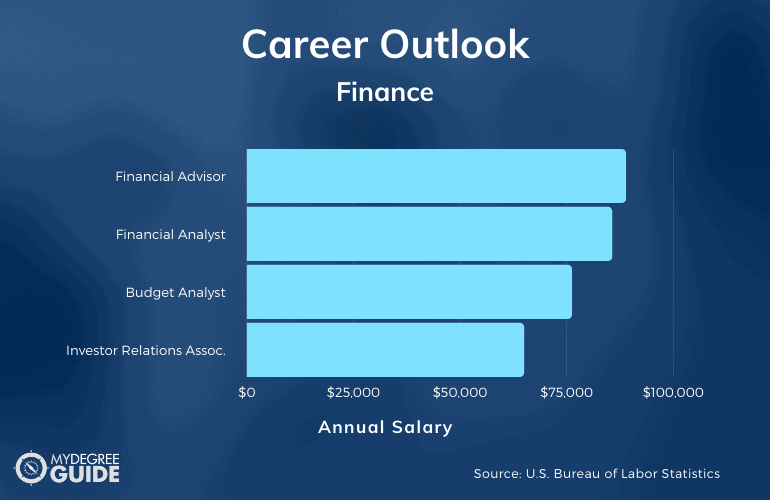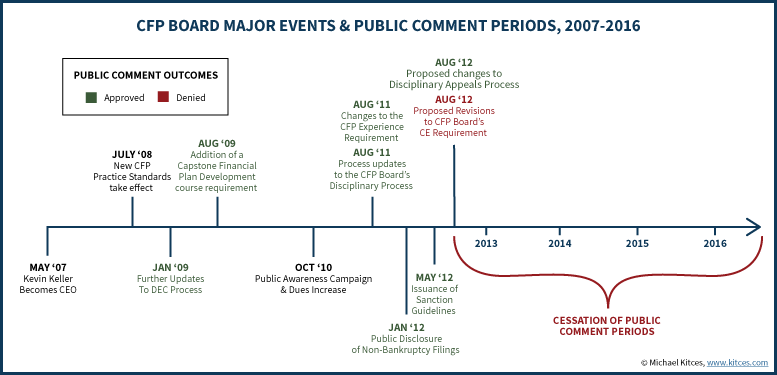
You've probably wondered where you can find CFP continuing-education credits. There are several ways to get CFP CE credits. Check out our approved sponsors and providers for CFP CE credits. Or, you can find your course via WebCE. How can you determine which CE courses are approved for credit by the CFP Board. How do you determine if the courses are worth your time?
NRS is an Aproved Provider CPE Credits
NRS is an Approved Provider of CFP continuing educational credits. NRS is one nine sponsors listed on CFP Board. CFP credits can be accessed electronically through the CFP Board website. Some of NRS's onsite events can also be submitted for credit. Click here to complete the registration. After you are registered, fill out a program evaluation. Sign the CFP official attendance record at the NRS registration counter. To document your attendance, an event app is also available if it is not possible to attend in person.

NRS is an official sponsor of CFP Credits for Continuing Education.
NRS is a Registered Sponsor of CFP Continuing Education Credits. NRS is listed as a CFP Board registered sponsor. CFP credits can be accessed electronically via the CFP Board's website. They can also be submitted online for specific NRS onsite events. You must fill out an evaluation form and sign a formal attendance record in order to receive credit. An event app can be used to complete the evaluation form.
NRS hosts onsite events
NRS is a CFP Continuing Education Program approved sponsor and quality partner. CFP continuing education credits are posted electronically on the CFP Board's website, and certain NRS onsite events are submitted for CE credit. To get CFP credit, attend these events and submit a program evaluation form. Print and sign the CFP official record. If you are attending a single track conference you can print the official transcripts right from the MNCPA site.
NRS offers CE credits with firm elements
NRS sponsors CFP continuing educational credits and is a Quality Partner with CFP Board. Firm Element CE Program requires broker and dealer to conduct an annual needs assessment and to create a written training strategy to meet those objectives. CFP credits must electronically be submitted to firms via their website. CE credit can also be granted for certain onsite events. CFP credits are awarded for all educational activities that involve firm elements.

NRS offers webinars
NRS is the national registry of sponsors. This organization recognizes CPE programs that comply with the standards of the accounting profession. This registry recognizes the sponsors that adhere to the highest standards for CPE and provide accurate course content and effective delivery of the materials. NRS is committed delivering the highest quality CPE for accountants, attorneys and compliance professionals. The events offer CPE credits for accountants across the nation.
FAQ
What is risk management and investment management?
Risk management is the act of assessing and mitigating potential losses. It involves identifying and monitoring, monitoring, controlling, and reporting on risks.
Investment strategies must include risk management. The objective of risk management is to reduce the probability of loss and maximize the expected return on investments.
These are the key components of risk management
-
Identifying the source of risk
-
Monitoring and measuring the risk
-
How to reduce the risk
-
How to manage the risk
How does Wealth Management Work?
Wealth Management allows you to work with a professional to help you set goals, allocate resources and track progress towards reaching them.
Wealth managers not only help you achieve your goals but also help plan for the future to avoid being caught off guard by unexpected events.
They can also be a way to avoid costly mistakes.
How to Beat the Inflation with Savings
Inflation can be defined as an increase in the price of goods and services due both to rising demand and decreasing supply. Since the Industrial Revolution, people have been experiencing inflation. The government attempts to control inflation by increasing interest rates (inflation) and printing new currency. You don't need to save money to beat inflation.
Foreign markets, where inflation is less severe, are another option. Another option is to invest in precious metals. Silver and gold are both examples of "real" investments, as their prices go up despite the dollar dropping. Investors concerned about inflation can also consider precious metals.
What Are Some Examples of Different Investment Types That Can be Used To Build Wealth
You have many options for building wealth. Here are some examples.
-
Stocks & Bonds
-
Mutual Funds
-
Real Estate
-
Gold
-
Other Assets
Each one has its pros and cons. Stocks and bonds can be understood and managed easily. However, they tend to fluctuate in value over time and require active management. Real estate on the other side tends to keep its value higher than other assets, such as gold and mutual fund.
It comes down to choosing something that is right for you. To choose the right kind of investment, you need to know your risk tolerance, your income needs, and your investment objectives.
Once you have determined the type of asset you would prefer to invest, you can start talking to a wealth manager and financial planner about selecting the best one.
Statistics
- According to a 2017 study, the average rate of return for real estate over a roughly 150-year period was around eight percent. (fortunebuilders.com)
- These rates generally reside somewhere around 1% of AUM annually, though rates usually drop as you invest more with the firm. (yahoo.com)
- A recent survey of financial advisors finds the median advisory fee (up to $1 million AUM) is just around 1%.1 (investopedia.com)
- Newer, fully-automated Roboadvisor platforms intended as wealth management tools for ordinary individuals often charge far less than 1% per year of AUM and come with low minimum account balances to get started. (investopedia.com)
External Links
How To
How to Invest Your Savings to Make Money
You can earn returns on your capital by investing your savings into various types of investments like stock market, mutual fund, bonds, bonds, real property, commodities, gold and other assets. This is called investment. This is called investing. It does not guarantee profits, but it increases your chances of making them. There are many options for how to invest your savings. You can invest your savings in stocks, mutual funds, gold, commodities, real estate, bonds, stock, ETFs, or other exchange traded funds. These methods are discussed below:
Stock Market
The stock market is one of the most popular ways to invest your savings because it allows you to buy shares of companies whose products and services you would otherwise purchase. Buying stocks also offers diversification which helps protect against financial loss. You can, for instance, sell shares in an oil company to buy shares in one that makes other products.
Mutual Fund
A mutual fund is an investment pool that has money from many people or institutions. They are professionally managed pools of equity, debt, or hybrid securities. The mutual fund's investment objective is usually decided by its board.
Gold
The long-term value of gold has been demonstrated to be stable and it is often considered an economic safety net during times of uncertainty. It can also be used in certain countries as a currency. Due to the increased demand from investors for protection against inflation, gold prices rose significantly over the past few years. The supply and demand factors determine how much gold is worth.
Real Estate
The land and buildings that make up real estate are called "real estate". When you buy real estate, you own the property and all rights associated with ownership. Rent out part of your home to generate additional income. You might use your home to secure loans. The home could even be used to receive tax benefits. You must take into account the following factors when buying any type of real property: condition, age and size.
Commodity
Commodities are raw materials like metals, grains, and agricultural goods. Commodity-related investments will increase in value as these commodities rise in price. Investors who wish to take advantage of this trend must learn to analyze graphs and charts, identify trends and determine the best entry point to their portfolios.
Bonds
BONDS are loans between corporations and governments. A bond is a loan agreement where the principal will be repaid by one party in return for interest payments. When interest rates drop, bond prices rise and vice versa. A bond is bought by an investor to earn interest and wait for the borrower's repayment of the principal.
Stocks
STOCKS INVOLVE SHARES OF OWNERSHIP IN A CORPORATION. Shares represent a small fraction of ownership in businesses. Shareholders are those who own 100 shares of XYZ Corp. When the company earns profit, you also get dividends. Dividends are cash distributions paid out to shareholders.
ETFs
An Exchange Traded Fund (ETF) is a security that tracks an index of stocks, bonds, currencies, commodities, or other asset classes. ETFs can trade on public exchanges just like stock, unlike traditional mutual funds. For example, the iShares Core S&P 500 ETF (NYSEARCA: SPY) is designed to track the performance of the Standard & Poor's 500 Index. If you purchased shares of SPY, then your portfolio would reflect the S&P 500's performance.
Venture Capital
Venture capital is the private capital venture capitalists provide for entrepreneurs to start new businesses. Venture capitalists finance startups with low to no revenue and high risks of failure. Usually, they invest in early-stage companies, such as those just starting out.